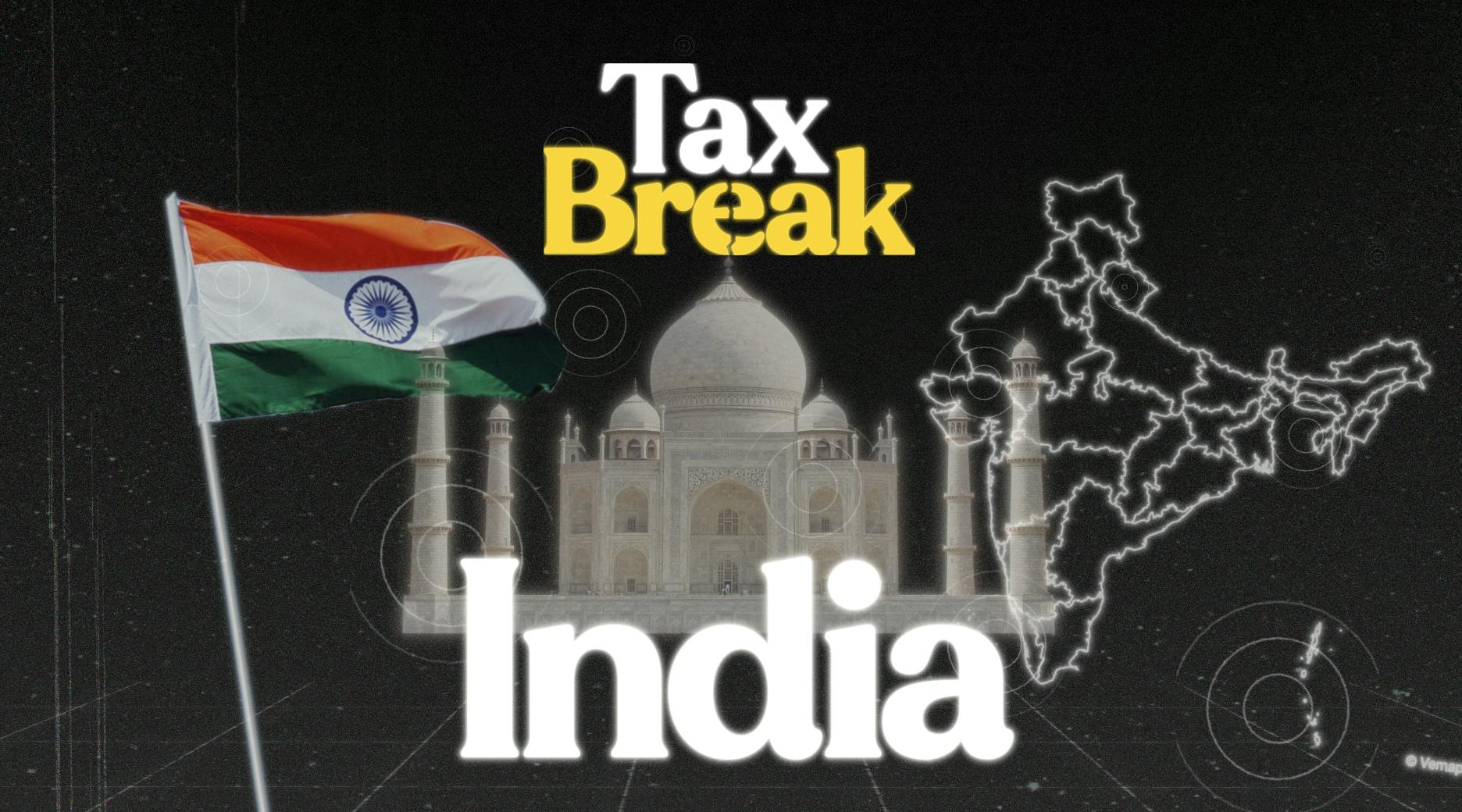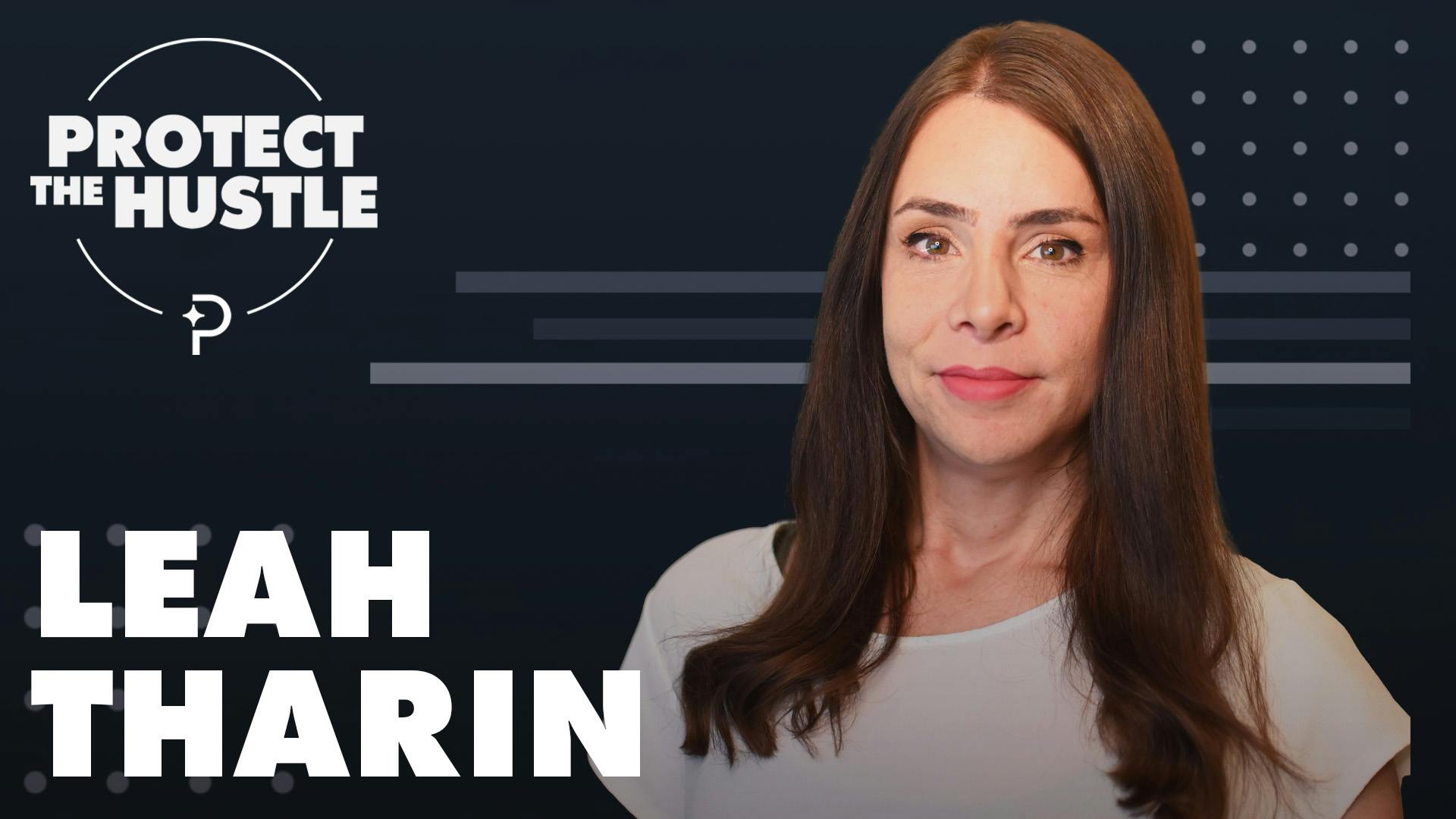
Price Tier Anchoring Benchmarks
This episode might reference ProfitWell and ProfitWell Recur, which following the acquisition by Paddle is now Paddle Studios. Some information may be out of date.
Originally published: May 2nd, 2018
Main Takeaways:
- Simplicity doesn't always win - more tiers correlates with higher ARPU
- Companies with more than 5 plans are seeing 40-50% higher ARPU
- Anchoring works: companies with two tiers vs one see around 15% higher ARPU
There's a deep debate about price anchoring and its effectiveness. The traditional approach suggests offering high, medium, and low-priced items to steer customers towards the middle option. However, some SaaS companies argue that providing fewer choices on the pricing page can lead to higher conversions. To explore this, we analyzed data from over 1,500 subscription companies and nearly three million transactions. Here's what we discovered.
But first, if you like this kind of content and want to learn more, subscribe to get in the know when we release new episodes.

How Conversion Rates Correlate
First up, let's look at how conversion rates correlate with the number of pricing tiers. Interestingly, there's no clear pattern of increase or decrease in conversion rates when you add more tiers. Whether a company offers two tiers or seven, the conversion rates appear remarkably similar. This suggests that simply adding more pricing options doesn’t necessarily impact conversion rates in a significant way.

Notably, this relationship looks nearly identical when comparing B2B and B2C companies, challenging the idea that B2C companies need to keep it simple.

Number of Tiers and ARPU Correlation
Less isn't always more. Instead, more is actually more—more tiers correlate with higher Average Revenue Per User (ARPU).

In both B2B and B2C sectors, increasing the number of plans within a company correlates with higher ARPU. Companies with more than five plans see a 40-50% higher ARPU compared to those with fewer than five plans. Does this mean companies should simply add more tiers and expect better results? Well, not exactly.

The Lurking Variable
The lurking variable here is the entry and upgrade path for these customers. Having seven tiers on your pricing page is definitely more complicated than just one. However, bringing customers in with one to four tiers and then allowing them to grow into seven tiers is a different story.
In fact, companies that simplify their initial conversion with one to three tiers on the pricing page and then offer an upgrade path see conversion rates similar to those with just one to three tiers. Yet, their ARPU is nearly double. These companies understand pricing persona fit and use their monetization strategy to guide the buyer journey effectively. So, should companies just start with one tier and figure out the upgrade path later? Well, not exactly either.
Anchoring is Real
Anchoring is definitely something that's real. Remember, the conversion rates of a two-tier company versus a one-tier company are essentially the same. However, if the two-tier company sees a fifteen percent higher ARPU, it's primarily due to anchoring. For instance, placing a ten-dollar product next to a twenty-dollar product results in just over sixteen percent of individuals choosing the twenty-dollar product, thereby increasing the ARPU. This demonstrates how effective anchoring can drive higher revenue even when conversion rates remain unchanged.

Understanding the Buyer Journey
To summarize, the number of pricing tiers is less about creating confusion and complexity and more about understanding your persona pricing fit and buyer journey. Furthermore, anchoring doesn't necessarily increase overall conversion rates but rather drives conversions to specific tiers.
Ultimately, pricing strategy involves a significant psychological component, but it isn't just guesswork or an artful exercise. It's a scientific understanding of who your buyer is, how they make purchasing decisions, and strategically guiding them from one stage of the journey to the next as efficiently as possible.
Want to learn more? Check out our recent episode: The Rising Impact of Brand and subscribe to the show to get new episodes.

1
00:00:00,240 --> 00:00:03,660
You've got the questions
and we have the data.
2
00:00:03,680 --> 00:00:07,360
Each week, we dive deep on benchmarks
of the subscription economy that
3
00:00:07,360 --> 00:00:09,475
you just can't get anywhere
4
00:00:10,475 --> 00:00:10,795
else.
5
00:00:10,795 --> 00:00:13,975
This is the ProfitWell Report.
6
00:00:15,115 --> 00:00:17,500
Hey, Patrick. It's Adam
at Haiku Deck here.
7
00:00:17,500 --> 00:00:20,220
I'm hoping you can settle
a debate we've been having
8
00:00:20,220 --> 00:00:23,340
internally with regards
to price anchoring.
9
00:00:23,340 --> 00:00:27,895
So I know that best practice is you
should have a high price, a medium price,
10
00:00:27,895 --> 00:00:30,375
and a low priced item and try
and drive people to the middle.
11
00:00:30,375 --> 00:00:34,420
We've also heard from other SaaS
companies that less is more.
12
00:00:34,420 --> 00:00:37,700
Offering customers less choice on
the pricing page results in
13
00:00:37,700 --> 00:00:38,420
higher conversion.
14
00:00:38,420 --> 00:00:40,865
I'm wondering if you guys
have an opinion on this.
15
00:00:40,865 --> 00:00:42,145
Well, it may not seem like it.
16
00:00:42,145 --> 00:00:44,945
Adam just asked an extremely
multi layered question that's
17
00:00:44,945 --> 00:00:47,540
gonna make me work a
little bit more than usual.
18
00:00:47,540 --> 00:00:48,500
To answer Adam's questions,
19
00:00:48,500 --> 00:00:51,140
we looked at just
over fifteen hundred subscription companies
20
00:00:51,140 --> 00:00:53,380
and nearly three million
different transactions,
21
00:00:53,380 --> 00:00:54,555
and here's what we found.
22
00:00:54,555 --> 00:00:58,635
First up, let's look at how conversion
rates correlate with your number of tiers.
23
00:00:58,635 --> 00:01:00,795
What you'll notice is that
there actually isn't a clear
24
00:01:00,795 --> 00:01:03,115
decrease or increase in
conversion rate when you
25
00:01:03,115 --> 00:01:05,960
increase the number of tiers
from one which is the simplest
26
00:01:05,960 --> 00:01:07,480
pricing you could have.
27
00:01:07,480 --> 00:01:11,080
Essentially, companies with seven tiers
look similar to companies with two.
28
00:01:11,080 --> 00:01:13,640
Note that this relationship
looks nearly identical when
29
00:01:13,640 --> 00:01:16,905
looking at b to b and b to c
bucking the notion that b to c
30
00:01:16,905 --> 00:01:18,585
companies need to
keep it simple.
31
00:01:18,585 --> 00:01:20,345
Less isn't always more.
32
00:01:20,345 --> 00:01:22,620
Instead, more is actually more.
33
00:01:22,620 --> 00:01:25,020
More tiers correlates
with higher ARPU.
34
00:01:25,020 --> 00:01:27,500
You'll notice that in both b
to b and b to c that as you
35
00:01:27,500 --> 00:01:29,660
increase the number of
plans within a company,
36
00:01:29,660 --> 00:01:31,415
you actually ARPU.
37
00:01:31,415 --> 00:01:34,375
Those companies with more than
five plans are seeing forty to
38
00:01:34,375 --> 00:01:37,495
fifty percent higher ARPU on
a relative basis than those
39
00:01:37,495 --> 00:01:39,000
companies with less
than five plans.
40
00:01:39,000 --> 00:01:42,040
Does this mean Adam should just
throw three tiers on Haiku Deck
41
00:01:42,040 --> 00:01:43,640
and call it a day?
42
00:01:43,640 --> 00:01:45,165
Well, not exactly.
43
00:01:45,165 --> 00:01:49,085
The lurking variable here is the entry
and upgrade path of these customers.
44
00:01:49,085 --> 00:01:51,565
Putting seven tiers in your
pricing page is definitely more
45
00:01:51,565 --> 00:01:53,320
complicated than one tier.
46
00:01:53,320 --> 00:01:56,120
Yet bringing that customer in
under one to four tiers and
47
00:01:56,120 --> 00:01:59,560
then allowing them to grow into
seven tiers is a different story.
48
00:01:59,560 --> 00:02:02,745
In fact, those companies who simplify
their initial conversion with
49
00:02:02,745 --> 00:02:05,945
one to three tiers on a pricing
page and then have an upgrade
50
00:02:05,945 --> 00:02:08,825
path are basically seeing
the same conversion as those
51
00:02:08,825 --> 00:02:11,450
companies who simply put one
to three tiers on their pricing
52
00:02:11,450 --> 00:02:14,170
page, but their ARPU
is nearly double.
53
00:02:14,170 --> 00:02:17,555
Essentially, we're seeing these
companies understand pricing persona fit
54
00:02:17,555 --> 00:02:21,235
and allowing their monetization
strategy to guide their buyer journey.
55
00:02:21,235 --> 00:02:23,875
So should Adam just put one
tier on his pricing page and
56
00:02:23,875 --> 00:02:26,310
then figure out his
upgrade path from there?
57
00:02:26,310 --> 00:02:27,510
Well, not exactly either.
58
00:02:27,510 --> 00:02:30,070
Anchoring is definitely
something that's real.
59
00:02:30,070 --> 00:02:32,070
As you'll remember from before,
60
00:02:32,070 --> 00:02:34,950
the conversion rates of a two
tier company versus a one tier
61
00:02:34,950 --> 00:02:37,065
company are
essentially the same.
62
00:02:37,065 --> 00:02:40,345
If the two tier company sees
a fifteen percent higher ARPU,
63
00:02:40,345 --> 00:02:42,880
this is primarily
because of anchoring.
64
00:02:42,880 --> 00:02:45,840
So for example, if you take a ten
dollar product and put it next to a
65
00:02:45,840 --> 00:02:48,000
twenty dollar product,
in a generalized study,
66
00:02:48,000 --> 00:02:51,120
just over sixteen percent of
individuals are going to choose
67
00:02:51,120 --> 00:02:55,045
that twenty dollar product,
thereby increasing that ARPU.
68
00:02:55,045 --> 00:02:59,880
To summarize, your number of tiers is
less about confusion and complexity.
69
00:02:59,880 --> 00:03:02,520
Is more about understanding
your persona pricing fit as
70
00:03:02,520 --> 00:03:04,040
well as your buyer journey.
71
00:03:04,040 --> 00:03:07,495
Further, anchoring is not a
mechanism of increasing conversion.
72
00:03:07,495 --> 00:03:10,935
It's a mechanism of increasing
conversion on particular tiers.
73
00:03:10,935 --> 00:03:14,295
Ultimately, pricing strategy has
a lot to do with psychology but it
74
00:03:14,295 --> 00:03:17,380
doesn't mean it's voodoo or
some artful exercise of guess
75
00:03:17,380 --> 00:03:18,660
and check tactics.
76
00:03:18,660 --> 00:03:21,940
Instead, it's a scientific
understanding of who your buyer
77
00:03:21,940 --> 00:03:23,540
is, how they purchase,
78
00:03:23,540 --> 00:03:27,055
and a strategic game of how you
can move them from one journey
79
00:03:27,055 --> 00:03:29,535
to another journey as
efficiently as possible.
80
00:03:29,535 --> 00:03:30,655
Well, that's all for now.
81
00:03:30,655 --> 00:03:31,615
If you have a question,
82
00:03:31,615 --> 00:03:34,450
shoot me an email or video to
p c at proper well dot com.
83
00:03:34,450 --> 00:03:36,930
And let's also thank Adam
for sparking this research by
84
00:03:36,930 --> 00:03:39,810
clicking the link below to give
him a nice little shout out.
85
00:03:39,810 --> 00:03:41,372
We'll see you next week.






